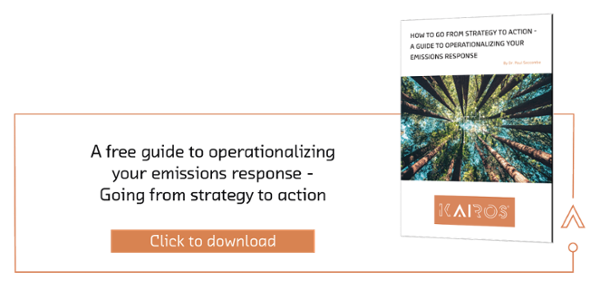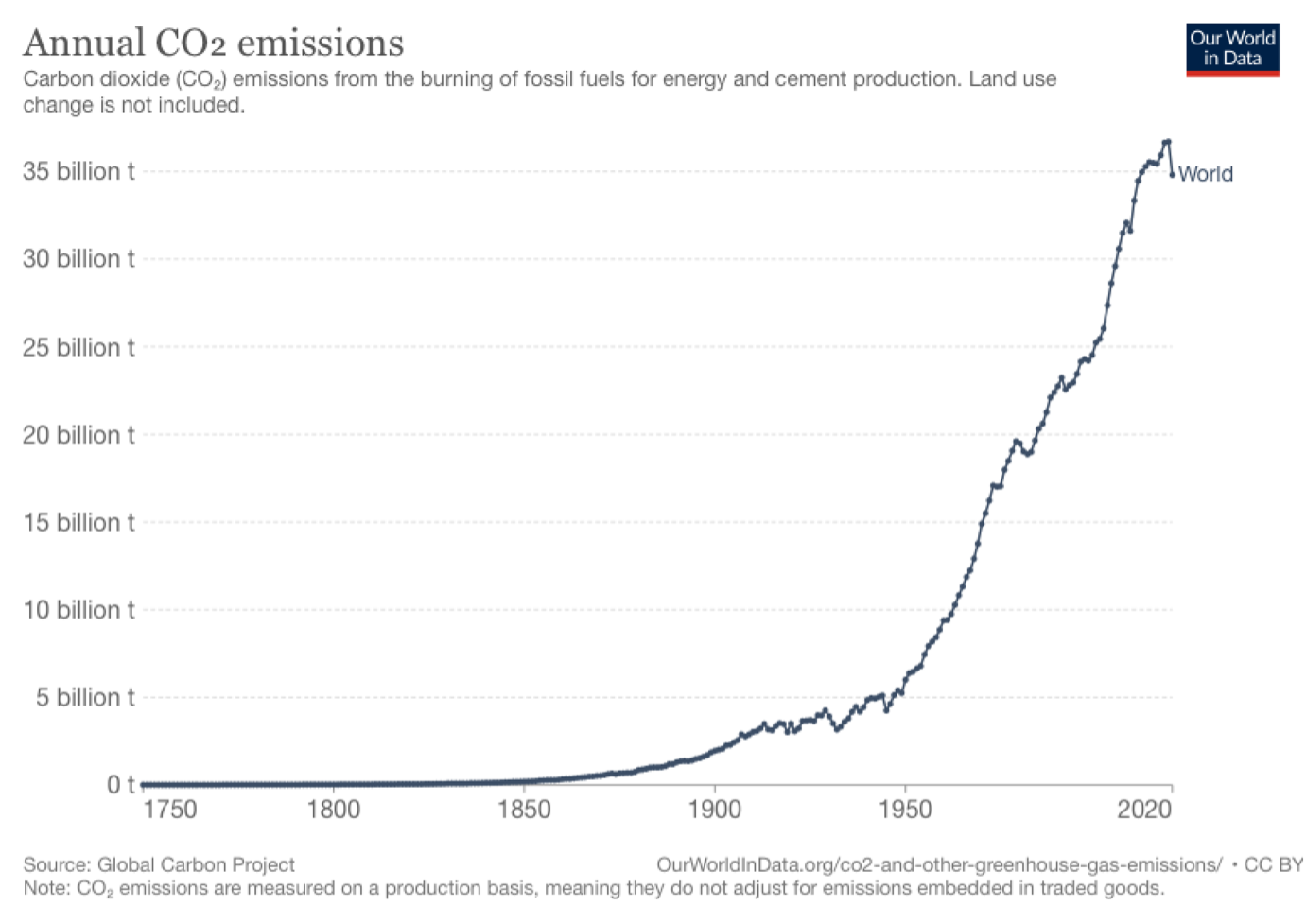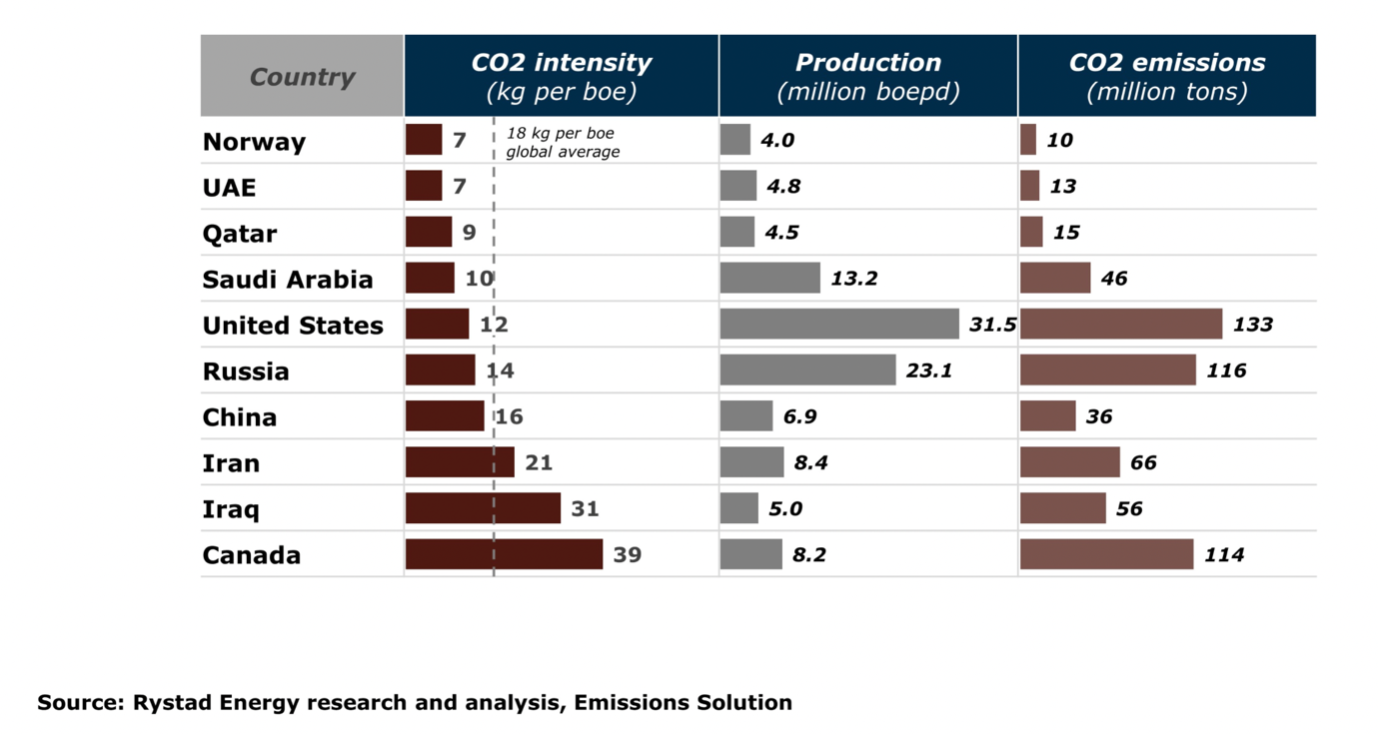Emissions is a topic that a lot of people are passionate about and in order to be able to reduce emissions, we need to know where our current issues are, and how much we are emitting at the moment. Only when we know this, will we be able to set goals for reduction.
Why should we use emissions KPIs?
We need to have KPIs to know that our efforts are working to reduce the emissions of the plant. If we have nothing to compare to, we also won’t know whether our efforts are having the desired effect. These days, any large industrial operator, will be driven by strict governmental guidelines, and in many cases taxes or fines to measure control and reduce the amount of emissions.
If you look at emissions data for 2020 in Norway there are 7 key sources of emissions that contribute to greenhouse gas (GHG) measured in “CO2 equivalents”, which comprise of CO2, Methane (CH4), NO2 and CFCs:
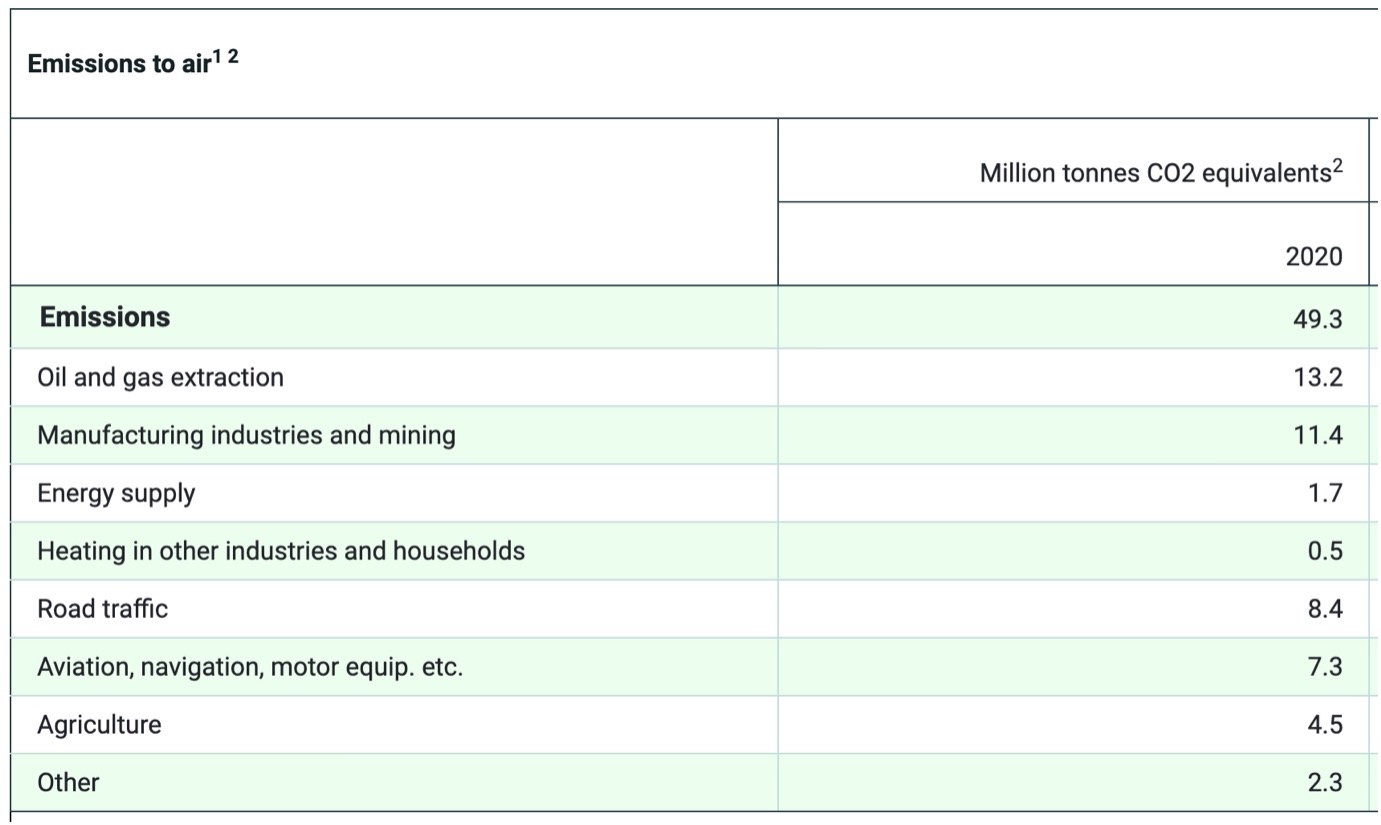
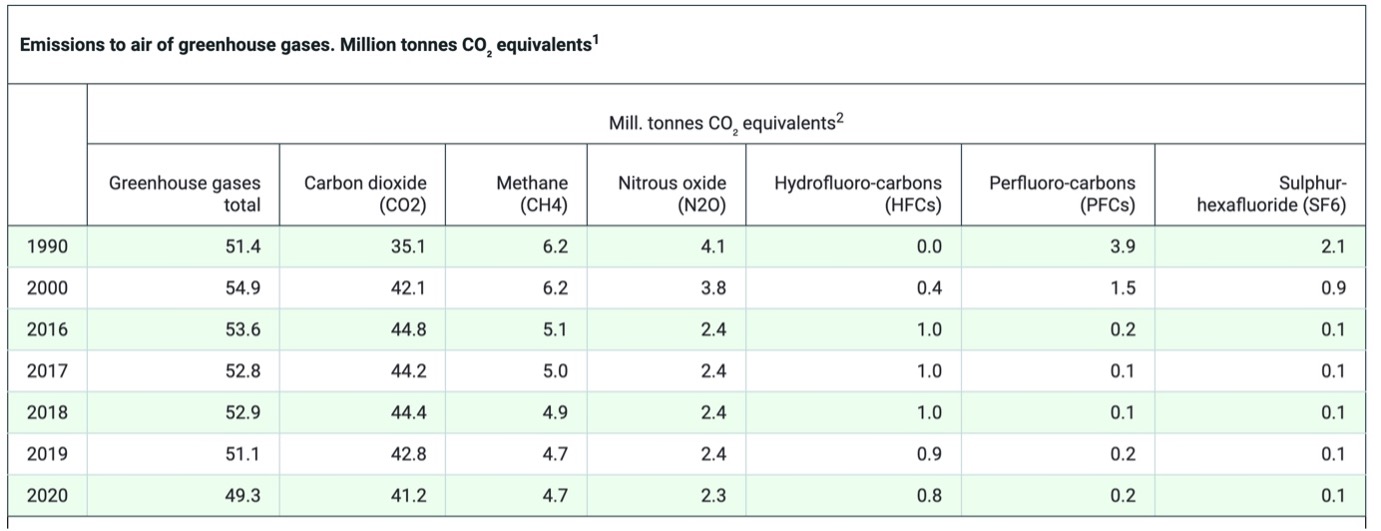
Source: https://www.ssb.no/en/natur-og-miljo/forurensning-og-klima/statistikk/utslipp-til-luft
When looking at ways to reduce emissions overall, we need to understand which industries contribute to most of those emissions. In Norway, almost 50% of those emissions come from oil & gas, manufacturing, and mining. CO2 emissions plateaued in 2016 and started decreasing from 2019, despite oil production increasing (and almost doubling) at about the same time!1
This is truly great news for the industry, but how did the companies that are attributing to emissions start the reductions? The government provides strict guidelines on the targets, but they do not tell you the how… Moving the dials from red towards green is the plan.
What KPIs are important to reduce emissions?
The first step is to measure and report the parameters that affect and capture the production issues that contribute to GHG emissions. Therefore, once you have the correct measurement and reporting means to hand then one can begin to consider KPIs. Examples of KPIs could be:
- Diesel usage
- Energy Efficiency (this will need to be a calculation)
- Power usage
- Number of assets utilizing fuel gas and/or electricity
- Flaring
- Fuel Gas
- Oil in water
How can we go about reducing emissions with KPIs?
Majority of operators begin by reviewing the existing producing assets and create a report that takes the form of an Emissions Reduction Action Plan (ERAP) or something similar.
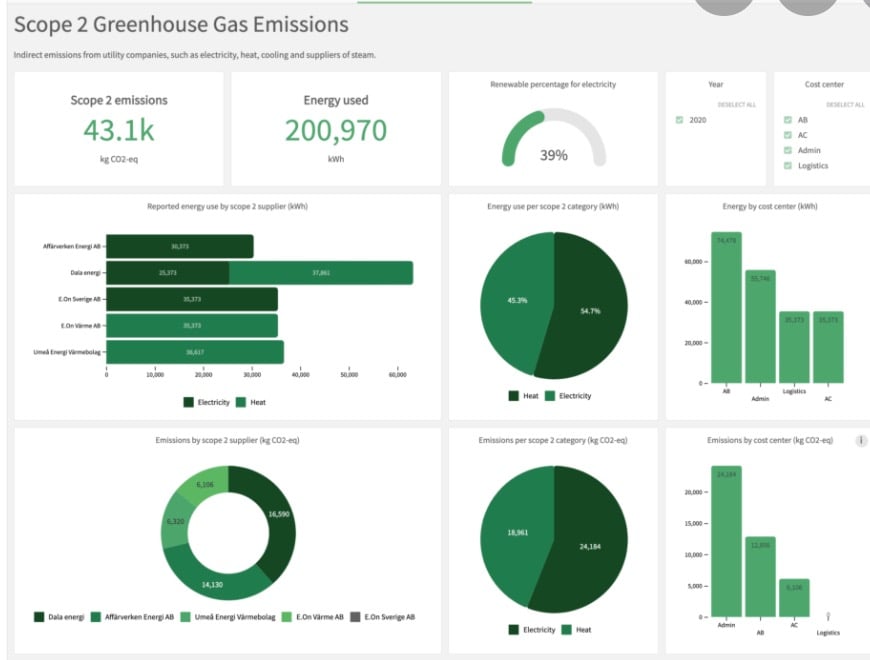
Source: https://normative.io/insight/new-dashboards/
We start by reviewing government guidelines, perhaps by looking at areas where there are financial impacts for exceeding the government guidance, and from there creating corporate guidelines. From the corporate guidelines we identify if there are simple ways to measure, monitor, and report these emissions, and establish a base case.
If no measurement and reporting systems are in place, then we identify ways to undertake such measurements, the required frequency, and best means of achieving the regulatory guidelines. But how to then visualize that strategy and get the best operational advice as to what to do next?
Who would you give the emissions reduction responsibility to?
Who is often charged with emissions reduction in the company? The engineers, the process and mechanical engineers – but why? It’s usually their equipment and processes that attribute most to a Producing Assets’ individual CO2 emission.
Recently a TA for emissions for his operating company (a mechanical engineer by trade) told me that his budget has been quite limited for improving and reducing emissions.
“I get told to ‘do something’ but with limited funds to really ‘do anything’, emissions reduction is only really measured in terms of either CO2 tax avoided or tons of CO2 (equivalent) emitted…”
However, this approach is beginning to change as industrial operators are taking emissions reduction much more seriously. So, the engineers start with the basics – finding the largest contributors (usually recompression, fuel gas, power generation, etc.), then taking the following actions:
- switch something off (that contributes to emissions) whenever and wherever possible
- avoid using the (diesel) backup generators wherever possible
- add (potentially) backend carbon capture solutions to exhausts
- and more…
But the daily reality of emissions reduction execution falls at the feet of the control room operations team. The guidelines provide a good framework for what, but when and how is purely the responsibility of the person sitting in the operations ‘chair’ at that given moment.
Other possible improvements
There are also other improvement things such as electrification of the entire asset from the shore. However, retrofitting electrification is expensive. but recently being considered now is using offshore wind turbines to remotely electrify greenfield and brownfield assets – a smart and clever engineering solution!
How do I improve operators understanding...
and dynamically visualize current operating emissions state in real-time? So going forward, the operators want to go beyond safe maximized production to safe maximum ops with an eye on emissions whenever and wherever possible. Sure, improved education of those control room operators might work, but their focus over the last 15-20 years has been different.
Reference:



